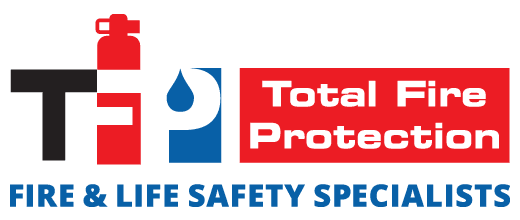Hospitals face hidden fire risks that standard safety measures can’t always protect against. From electrical hazards to MRI rooms and labs, specialized solutions are critical. Is your facility truly prepared?
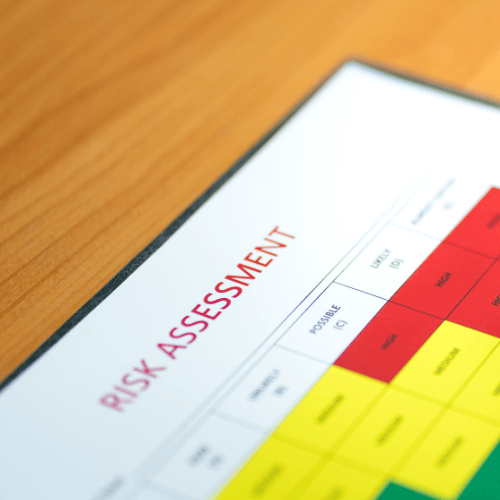 Fire safety in a hospital isn’t just about compliance—it’s about saving lives. With patients who cannot self-evacuate, high-tech equipment, and 24/7 operations, the risks extend far beyond what standard fire protection systems can handle.
Fire safety in a hospital isn’t just about compliance—it’s about saving lives. With patients who cannot self-evacuate, high-tech equipment, and 24/7 operations, the risks extend far beyond what standard fire protection systems can handle.
The reality? Not all areas of a hospital are protected equally. High-risk zones like MRI rooms, data centers, labs, kitchens, and patient care units require more than just conventional alarms and sprinklers.
That’s where Total Fire Protection (TFP) comes in. With decades of experience in healthcare fire safety, TFP provides tailored, code-compliant solutions that go beyond basic fire protection.
Here’s where your facility may be vulnerable—and how TFP can help protect it.
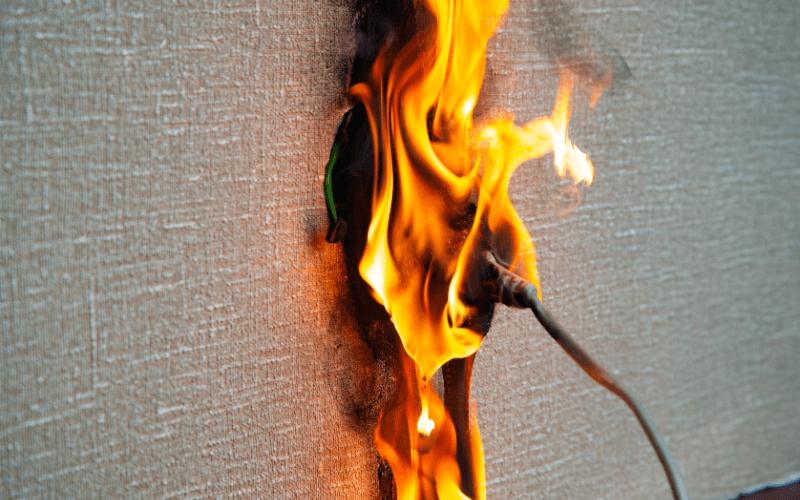
1. Electrical Fires: The #1 Cause of Hospital Fires
Hospitals run on electricity. From life-saving ventilators to medical imaging machines, every second of uptime matters—but overloaded circuits and aging wiring increase the risk of electrical fires.
The Risk:
- Overloaded circuits due to high energy demand.
- Aging or faulty wiring in older hospital buildings.
- Medical equipment malfunctions, leading to overheating.
TFP’s Solution:
- Electrical Fire Risk Assessments to detect and prevent hazards before they spark.
- Code-Compliant Fire Alarm & Suppression Systems, designed specifically for healthcare settings.
- Emergency Power Monitoring, ensuring that backup systems operate safely.
Hospitals that undergo regular electrical fire inspections reduce their fire risk by over 50% (NFPA).

2. MRI Rooms: Fire Protection Without Interference
MRI machines operate in magnetically sensitive environments, meaning standard fire suppression systems won’t work. Traditional sprinklers and metal-based systems can’t be used safely in MRI rooms—making fire safety in these zones especially challenging.
The Risk:
- Incompatible fire suppression systems could damage MRI machines or pose safety hazards.
- Standard smoke detectors may malfunction in high-magnetic environments.
TFP’s Solution:
✔ MRI-Safe Fire Suppression Systems, including non-ferrous water mist systems.
✔ Aspirating Smoke Detection, which continuously monitors air quality without interference.
✔ Fire Barrier & Compartmentation Strategies, stopping fires before they spread.
Without MRI-compatible fire protection, hospitals risk both fire hazards and costly equipment damage (Joint Commission).

3. Laboratories: Fire Risks from Chemicals & Equipment
Hospital labs store flammable chemicals, use open flames, and rely on high-heat sterilization equipment. A single mishap can lead to chemical fires that spread rapidly.
The Risk:
- Flammable chemicals stored improperly.
- High-heat sterilization equipment running unattended.
- Lack of early detection systems for chemical-related fires.
TFP’s Solution:
✔ Laboratory-Specific Fire Suppression Systems, designed for chemical & gas hazards.
✔ Automatic Gas Detection & Fire Monitoring, to catch fires before they start.
✔ NFPA & OSHA-Compliant Chemical Storage Solutions.
Labs with dedicated fire suppression experience fewer hazardous incidents and improved operational safety (OSHA).
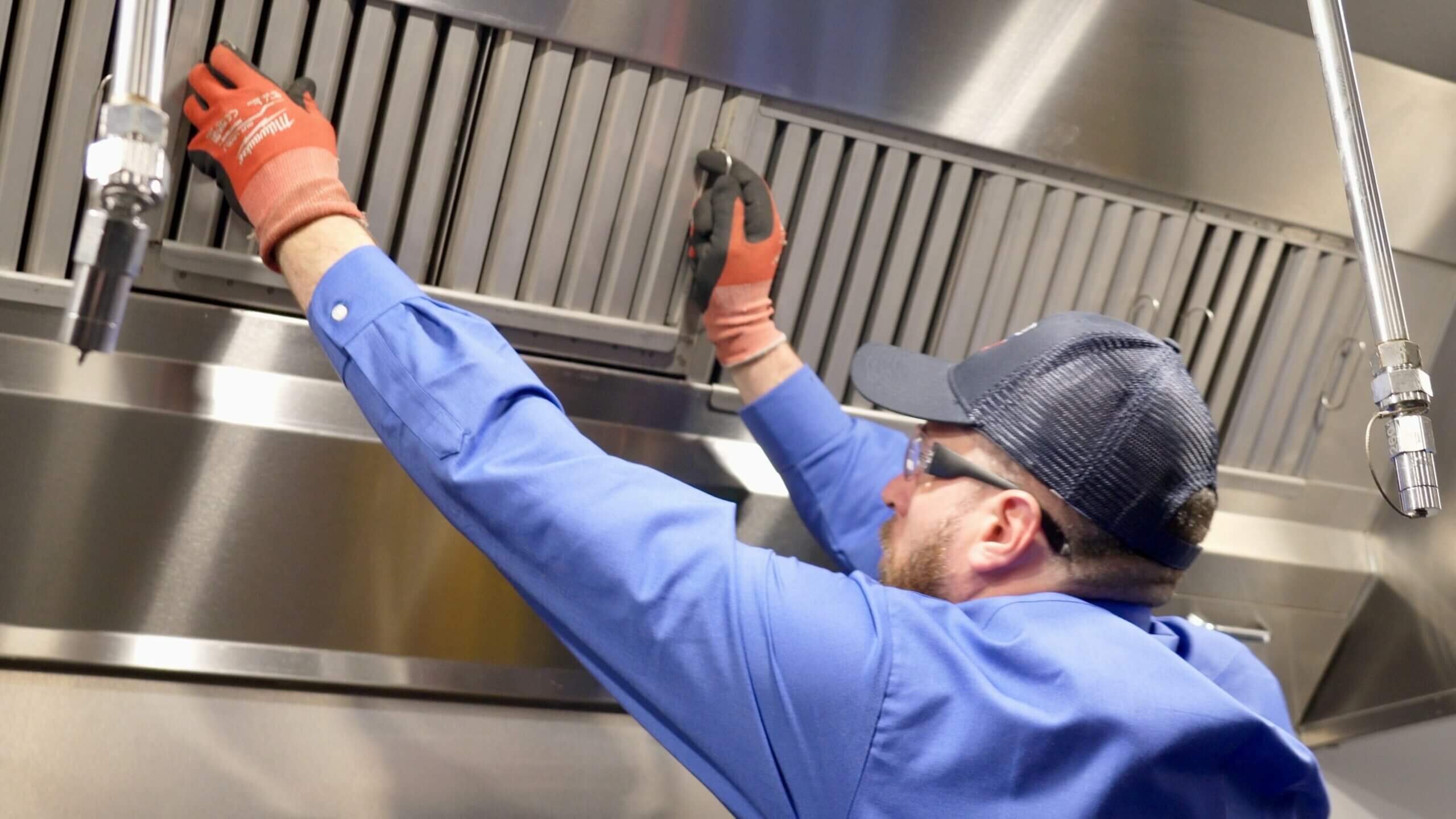
4. Kitchens: The #1 Ignition Source in Healthcare Fires
Hospital kitchens are a leading cause of fire incidents. Grease buildup, high-heat appliances, and the constant rush of food preparation increase the risk of flash fires.
The Risk:
- Grease accumulation in hoods & vents can ignite.
- Unattended cooking equipment increases fire hazards.
- Lack of automatic suppression systems to contain fires quickly.
TFP’s Solution:
✔ UL-300-Compliant Kitchen Fire Suppression Systems.
✔ Hood & Vent Cleaning Services, preventing grease buildup.
✔ Emergency Response Planning & Kitchen Staff Training.
Kitchen fires account for nearly 60% of all medical facility fires (US Fire Administration).
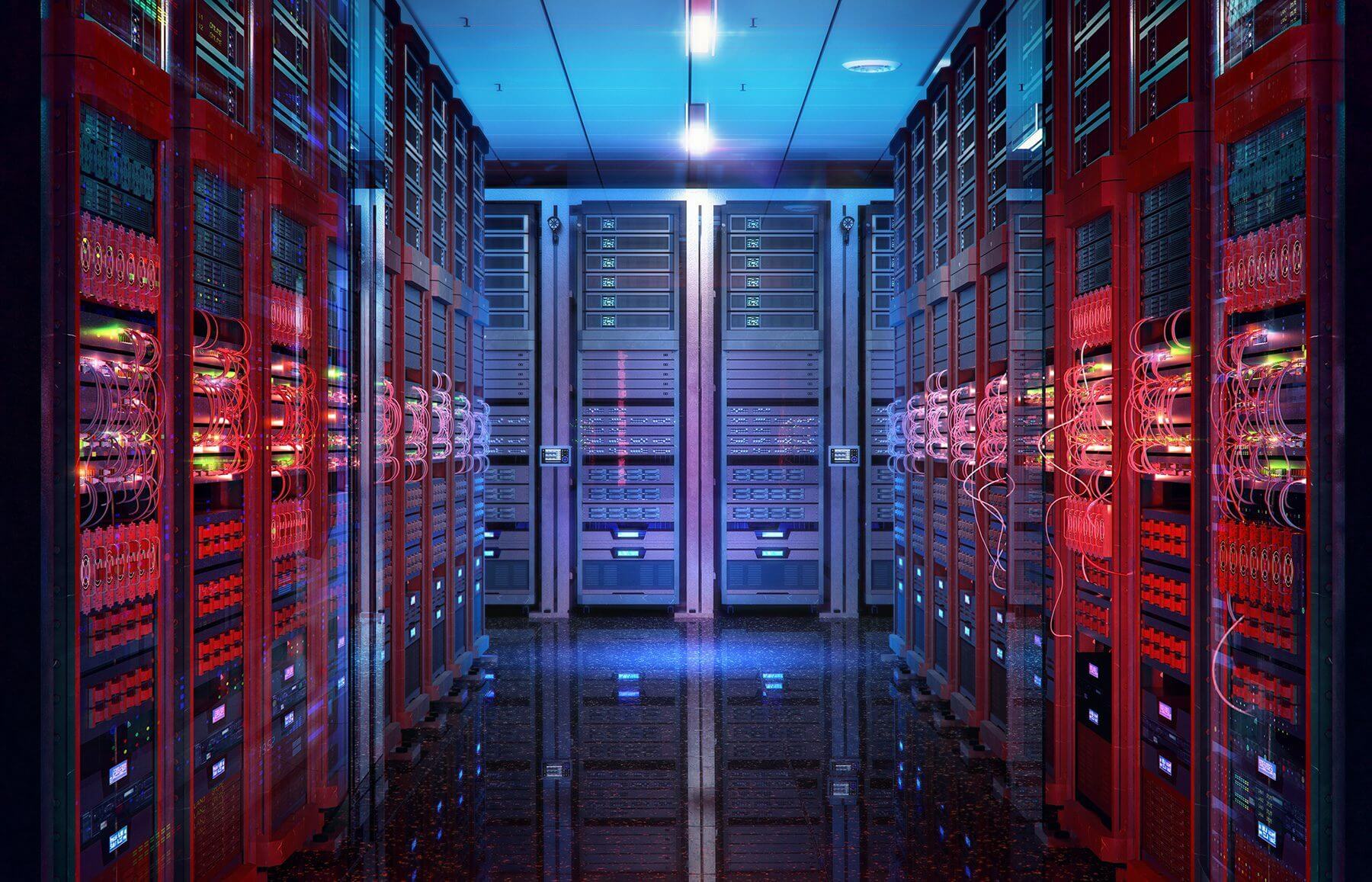
5. IT & Communications Rooms: Protecting On-Site Digital Infrastructure
As hospitals integrate electronic health records (EHRs), telemedicine, and real-time patient monitoring, their on-site IT infrastructure has never been more essential. While some data is stored in the cloud, mission-critical hospital systems—such as imaging servers, nurse call systems, and emergency communication networks—still rely on dedicated IT and server rooms within the hospital.
A fire in these spaces doesn’t just damage equipment—it can bring hospital operations to a halt, delaying critical care and disrupting patient management systems. However, it’s not just about having fire suppression; it’s about ensuring that suppression systems work effectively when needed.
The Risk:
- Overheating servers & IT infrastructure can spark electrical fires.
- Traditional sprinkler systems can cause costly water damage to sensitive electronics.
- A compromised server room can allow fire and smoke to spread rapidly if not properly sealed.
TFP’s Solution:
✔ Clean Agent Fire Suppression, which extinguishes fires without damaging electronic hospital equipment.
✔ Pre-Action Sprinkler Systems, only activating when absolutely necessary to prevent unnecessary water exposure.
✔ Room Integrity Testing, ensuring fire suppression agents remain contained long enough to fully extinguish fires without leaks or failures.
✔ Fireproof Enclosures & Room Sealing, preventing fires from spreading to other critical hospital areas.
Hospitals that implement specialized fire suppression and integrity testing in IT & communications rooms significantly reduce the risk of equipment damage and system downtime (NFPA).
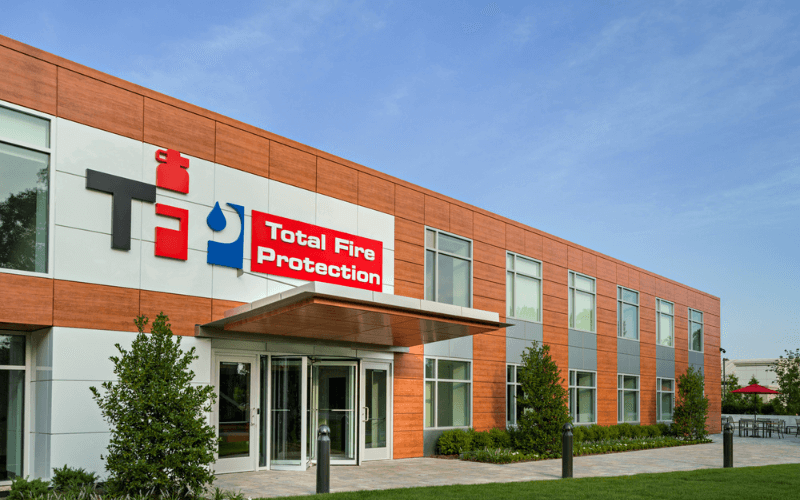
Protect. Detect. Suppress. TFP Covers It All.
When it comes to fire safety in hospitals, cutting corners isn’t an option. You need a provider that understands the complexities of healthcare compliance, emergency response, and patient safety.
That’s why hospitals trust Total Fire Protection.
- Protect: Full-spectrum fire prevention, risk assessments, and compliance solutions.
- Detect: State-of-the-art monitoring systems to identify and stop threats in real time.
- Suppress: Advanced fire suppression systems, custom-engineered for high-risk hospital zones.
